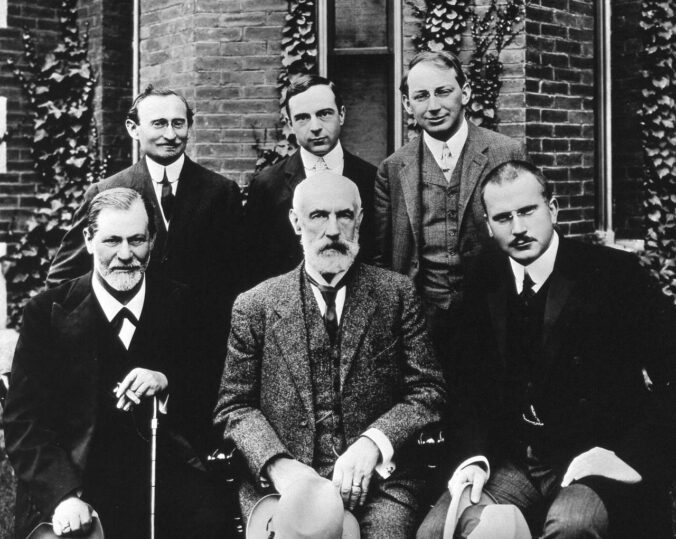It’s the same with all these authors—are they all falling into the same pit on purpose?
After my deep dive into as much McLuhan as I could lay a finger on, I started digging into the larger Media Ecology scene in 2018. Soon I began charting constellations of intellectuals and writers out of the reoccurring references to their each other across books; the sort of study analogized by hyperlinks on the web.
Out of what I’ve read, I’ll say now that popular books in the ’90s about “cyberspace”—the world behind your screen—had its capstone with Erik Davis’ TechGnosis, most recently updated and reissued in 2015. It’s a wonderful, encyclopedic book—and the reason it so disastrously crashes and burns in the final chapter is very instructive.
Davis references and builds upon the works by nearly all the other ‘90s authors
…








